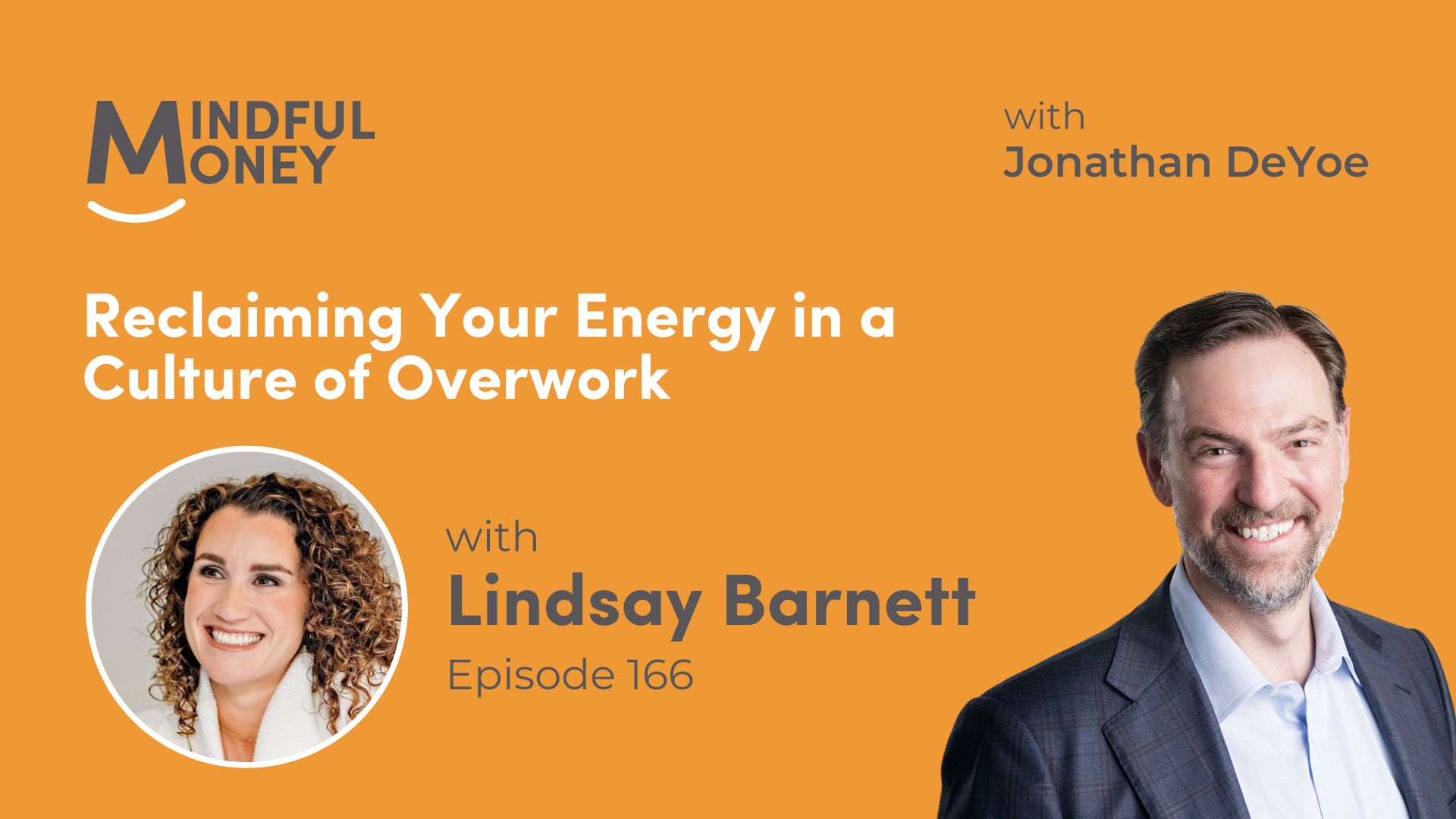Those of you who regularly read my weekly missives already know that my younger brother died on June 17th. In the parlance of our childhood games, he was my “base.” In a game of tag (and a variety of run and chase games), you were always safe on base. In the last 2 decades he had grown to become my best and most reliable friend. He was my safe place. We were close. He was my touchstone through every challenge in my life. I had expected him to be that touchstone for my entire life. His death has been very hard on me personally and I sincerely appreciate the calls, cards, emails, texts, and other notes. Your thoughts, good feelings, and prayers are a welcome connection in a world that feels unstable at the moment. Thank you.
At the completion of the first ½ of 2021, the global economy and their associated equity markets have made significant progress towards “recovery.” As always, we divide our mid-year report into two parts. First, we recap our shared investment philosophy; second, I share our perspective on the current situation. As always, I welcome your questions and comments.
General Principles
We are long-term, goal-focused, plan-driven investors. We have found in our own experience (which is nicely supported by thorough academic research) that the best course for us is to formulate a financial plan – and to build portfolios – based NOT on a view of the economy or markets (which are always unpredictable), but on our most important lifetime financial goals.
Since 1960, the US market (as represented by the S&P 500) has appreciated approximately 70 times; the cash dividend of the same index has increased about 30 times. Over the same period, the Consumer Price Index (CPI) has increased by a factor of 9. Historically at least, (and I would argue logically as well), mainstream equities have functioned as an incredibly efficient hedge against long-term inflation for those who own enough of them. We believe this will likely continue to be a long-run market truth, hence our investment policy of owning successful companies rather than lending to them.
We believe that acting continuously on a rational plan – as opposed to repeatedly reacting to current events – offers the best chance for long-term investment success. Simply stated: unless your goals change, we see little reason to alter a financial plan. And if our portfolio is (as it should be) a reflection of the plan, we don’t often recommend significant changes to that, either.
We do not believe the economy can be consistently forecast, nor the markets consistently timed. We’re therefore convinced that the most reliable way to capture the long-term premium return of equities is to ride out their frequent but temporary declines.
The performance of our equity portfolios relative to their benchmark(s) is irrelevant to investment success defined in this way. The only benchmark we care about is the one that indicates whether you are on track to achieve your financial goals.
Current Observation
The U.S. economy continued its dramatic recovery in the first half of 2021, spurred by:
- The proliferation of effective vaccines against COVID-19 and a retreat of the pandemic
- Massive monetary and fiscal accommodation
- Its own fundamental resilience, which we ought not to underestimate
The S&P 500 closed the semester at 4297.5, an increase of 14.4% from its close at the end of 2020. Coming into the year, the consensus earnings for the Index in 2021 was around $165; as I write, the consensus for the next 12 months has touched $200… and is still being raised.
The economy continues to struggle with supply chain challenges, as well as a historic mismatch between the number of job openings available and continued high (though rapidly declining) unemployment. The nattering class of pundits and financial journalists continues to speculate on when these blockages will clear; to long-term investors like us, the key is knowing that they will clear, in the fullness of time.
We are still in the midst of an unprecedented experiment in both fiscal and monetary policy – the outcome remains impossible to forecast. The possibility that we’ve overstimulated the economy was highlighted this spring by a significant (though potentially temporary) resurgence in inflation. But as the first half ended, statements by Fed Chair Powell and Governor Bullard indicated a keen awareness of this risk, and a readiness to act against it. The markets seemingly took these gentleman at their word, as inflation hedges like gold and oil sold off, the overall equity market pulled back modestly, and the yield on the 10-year U.S. Treasury note retreated to the area of 1.5%. One wants to be careful not to read too much into short-term phenomena like these.
There is also the issue of President Biden’s fairly radical tax proposals with respect to capital gains and estates. The best that can be said on this subject is that no one knows where we end up on this discussion. The Biden administration has laid out a very aggressive position, the momentum behind which appeared to be ebbing as we approached the end of June. My general sense is that he laid out a position from which he would then negotiate (with his own party) a middle ground. I would not be surprised by a 25% cap gains rate for those taking large gains.
Probably the most important report in the first ½ of the year came in late June. It was reported that household net worth in the U.S. spiked 3.8% in the first quarter of 2021 – to nearly $137 Trillion – propelled by the broad gains both in equity markets and in home prices. In a related thought the household debt to asset ratio continued to fall – reaching its lowest point in 50 years.
The consumer powers the U.S. economy and has rarely carried more manageable debt levels relative to income – and has never been sitting on so much cash – than he/she does today. In June the National Retail Foundation raised its outlook… yet again. It now expects retail sales to grow between 10.5% and 13.5% year over year. And, Target raised their dividend by 32%.
On February 19th, 2020 – the pre-COVID market peak – the S&P 500 closed at 3,386. It then declined 34% in 33 days amid the worst global health crisis in a century. But if you bought the index at that epic top and were still holding on June 30th of 2021 (1 year and 3+ months later), your total return with reinvested dividends has been close to 28%. I’ve never seen – and don’t expect to ever see again – a more vivid demonstration of Peter Lynch’s dictum that “The real key to making money in stocks is not to get scared out of them.”
This is, I think, the highest purpose of our profession: to help you not get too excited or scared out of equities at the wrong time for the wrong reasons. Thank you for being our clients. It is a privilege to serve you.
Sincerely,
Jonathan





